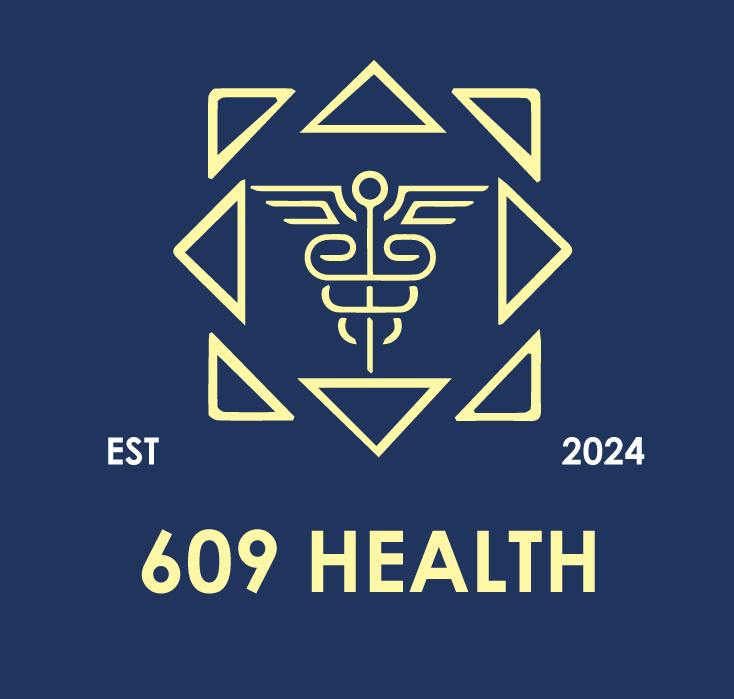Challenge:
A digital health startup developing a mobile platform for chronic disease management needed to integrate with provider systems, enable EHR data exchange, and prepare for commercial partnerships with life sciences teams. But they were stuck at the starting line—without a scalable, compliant infrastructure or a clear understanding of how to align with healthcare interoperability standards like FHIR.
They didn’t just need code. They needed strategy, compliance alignment, and go-to-market readiness.
The Opportunity:
We partnered with the client to design and deploy a FHIR-native infrastructure that supported real-time data exchange, payer alignment, and long-term scalability across mobile use cases—all while setting the stage for pharma collaborations and reimbursement pathways.
What We Did:
-
Architected a cloud-native backend using AWS with support for FHIR R4 resources, SMART on FHIR authentication, and HL7-compliant data normalization.
-
Designed a modular API framework to enable bi-directional EHR integration via Epic, Cerner, and Athena environments—supporting patient-reported outcomes, vitals, and medication tracking.
-
Built a secure identity layer using OAuth2.0 and JWT tokens to manage HIPAA-compliant access across mobile endpoints and care team dashboards.
-
Advised on platform monetization and partner strategy to align technical capabilities with pharma field enablement, outcomes-based contracting, and digital companion integrations.
Key Enablers:
-
FHIR-compliant backend built with Node.js and GraphQL translation layer
-
Automated testing pipelines integrated with SMART sandbox environments
-
Collaboration with product, compliance, and commercial teams to ensure infrastructure was payer- and pharma-ready
Bottom Line:
You don’t need a 12-month roadmap to get started. With the right architecture and alignment, even early-stage digital health platforms can deploy FHIR-first infrastructure that meets both regulatory and commercial demands.
Need help building a digital health platform that actually plugs into care?
Let’s architect it together—from backend to bedside.


